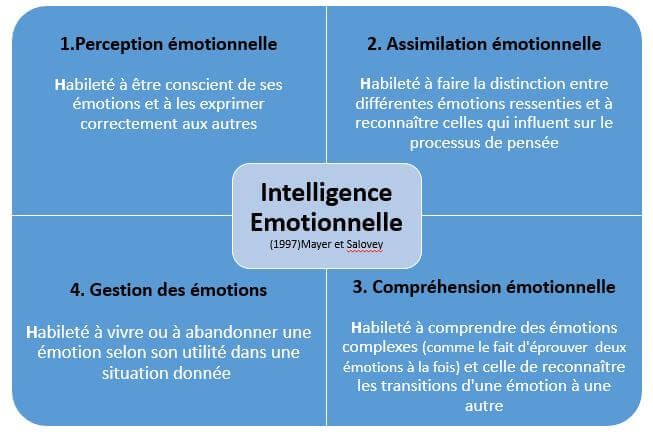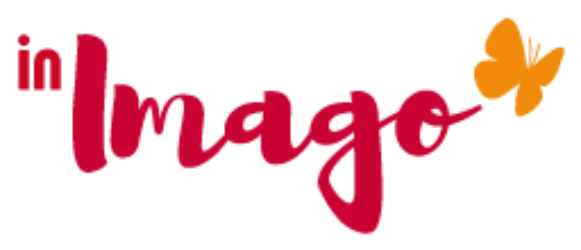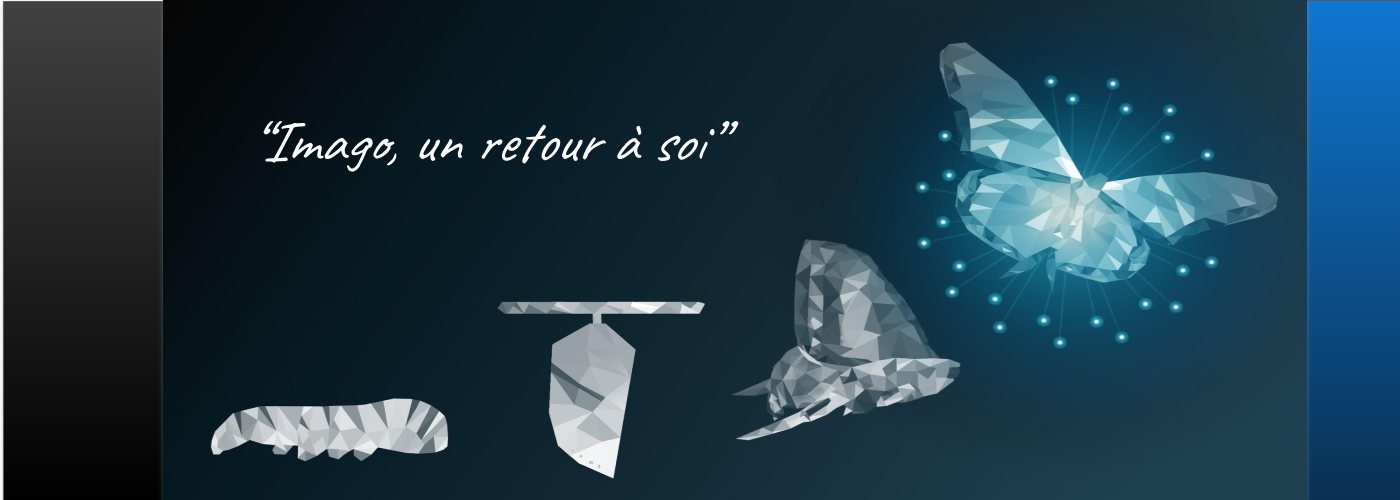Imago is the accomplishment of our Mago, our personal magician
This article closes the series “a return to oneself” in which each article reveals my interpretation of an emotion. Each emotion understood integrated brings us closer to our Imago.
Imago is our ultimate transformation.
Imago is the moment when individually we feel fulfilled aligned with our environment, always in our place.
Our heart, body and mind are in cardiac coherence. We are present to ourselves.
Our presence to ourselves allows us to connect our emotions to our environment to thwart cognitive biases. Our Imago, aligned image of ourselves allows us to give up certain limiting beliefs. Simply being ourselves.
In other words, our accomplished Imago us to decipher the intentions of others.
In an instant, our perception simultaneously illuminates the situation, and our internal state. We are thus able to judge the situation and behave fairly.
Transactional Analysis (T.A.) and Neurolinguistic Programming (N.L.P) offer tools to decipher one’s emotions and the behaviors of others. This is how N.L.P is often associated with manipulation.
Outsmarting manipulation becomes child’s play
Manipulation no longer exists when everyone is aware of themselves. Each emotional feeling being instantly linked to the situation, I no longer use my defense mechanisms (which are my emotions, cognitive biases, alert) but I position myself where I want to be. I decide consciously.
An example: an accepted and regular manipulation is that of complying with codes.
I always have people of all professional levels in my associates. I kiss the housekeeper as well as my boss.
Je discutais autour d’un café avec de jeunes cadres, lorsque je vois arriver mon ami, poussant son chariot de balais. S’offre à moi, 2 attitudes
I was chatting over coffee with young executives, when I saw my friend arrive, pushing his broom cart. There were 2 attitudes available to me:
- I nod my head to greet my friend, and I stay in my socio-professional group.
- I’m going to kiss my friend at the risk of disrupting the codes of my group
The possible attitudes are presented to you as in a kaleidoscope, and you choose consciously. In this case, I went to kiss my friend and it got me 6 months of nodding when I passed the other people with whom I had had coffee.
I opted for my friend, knowing that he would be hurt by a change in attitude rejecting him on his condition as my other colleagues would get used to it … and come back to me.
This is what I call code manipulation … We stay in our clan, protector.
How do you go to meet our Imago?
If each individual goes to meet our emotions, to thwart our cognitive biases, our Imago will take off. Cooperation would be simplified and void of the unsaid.
Behind each of the emotions shared in this series of articles “a return to oneself”, I tried to share with you the belief that I associated with each of the emotions, to determine the cause and its limiting effect in order to undo the associated generality.
Example: I have to do this job perfectly to be accepted, so I will be safe. In the example above, I follow the codes, we belong to the same clan. I am safe.
We are thus unwittingly entering into a conformism gradually obscuring what we really are, stifling our creativity and thus impoverishing our exchanges.
So fear, shame, loneliness and boredom have been the most structuring emotions for me. To find my decoder on each of the emotions below:
- Fear: 2020, for a very beautiful female decade.
- Shame: myth or reality: do companies really want a horde of entrepreneurs?
- Loneliness: Simply Live!
- Boredom is a key
The articles are grouped together in retour à soi
Imago and Emotional Intelligence
Peter Salovey and John Meyer were the first to pioneer the concept of Emotional Intelligence – EI. They distinguished 4 stages allowing the individual to process information of an emotional nature and our cognition- ability to understand and interpret information.

A quick word to conclude, what is the secondary imago?
The secondary Imago is the imago of a group as each individual interprets it.
Each person in a group develops / has their own group image. The group image is not the common image of a group, but the image that each person has of the group and what it should be.
Depending on this secondary image, this group image, each one positions himself and displays a mask: an image, a posture that will define our behavior.
Secondary Imago is our accomplishment in a group
To find out more, I invite you to read this article by Stan Madoré, the secondary Imago in organization.
Stan Madoré shares with us his questioning and his reflection on the last stage of the adjustment of the imago, leading to what Eric Berne, founding father of Neuro Linguistic Programming (NLP) calls “secondary imago in his book Structure and Dynamics organizations and groups.
To learn more about our Imago, I invite you to read the flight of the Imago by Norbert Terrettaz. The author invites us to question ourselves, at a time when information goes around the planet in record time, … when scientists roam the borders of the universe … on the art of communication. Norbert Terrettaz presents a new concept of the relationship with oneself and with others, …
Author: Dominique popiolek-Ollé, Transmutation leader, Agile Executive Coach, Founder of In Imago, management consulting and disruptive transformation.

